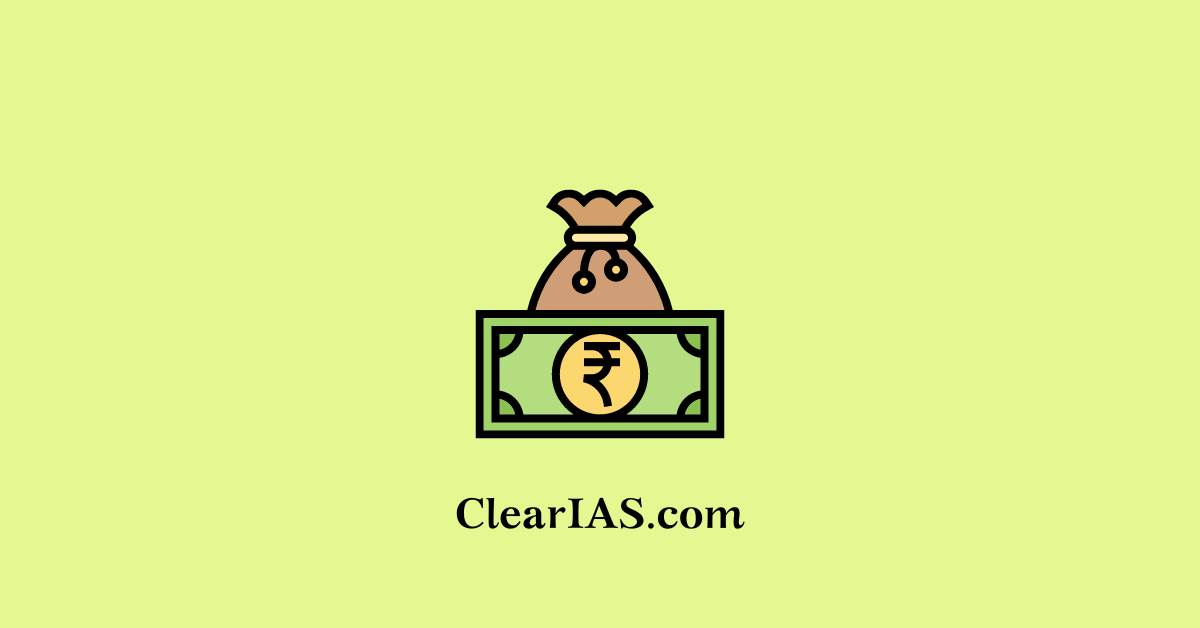

Economic Reforms of 1991 in India refer to the opening of the country’s economy to the rest of the world with the intention of increasing the role of the private sector and foreign investment.
Economic Reforms of 1991 brought in LGP Reforms in India.
Liberalization entails the removal of governmental limitations on private individual activity.
Privatization refers to the transition of a business, industry, or service from public to private ownership and management.
Globalization is the flow of products, services, capital, and labor across international borders.
Table of Contents
The worrying foreign exchange position was partly caused by the Iraqi invasion of Kuwait in August 1990, which increased oil prices (and the cost of imports) and decreased Indian exports to the Middle East or Gulf region. India’s sovereign rating (international credit rating) was severely lowered, making it very challenging to obtain credit (loan) abroad.
The three primary areas in which economic changes were implemented during the Economic Reforms of 1991 were as follows:
UPSC CSE 2025: Study Plan ⇓
Note: To know more about ClearIAS Courses (Online/Offline) and the most effective study plan, you can call ClearIAS Mentors at +91-9605741000, +91-9656621000, or +91-9656731000.
The main goal of the reforms was to quickly and thoroughly integrate the Indian economy with the global economy through trade, investment, and technology flows. To this end, it was necessary to create conditions that would provide Indian entrepreneurs with a business environment that was roughly comparable to that of other developing nations.
Economic Reforms in India in 1991 carried out several changes. A few important reforms are-
The effectiveness of economic reforms depends on the achievement of fiscal stabilization. In order for the reforms to succeed, the Central Government’s fiscal deficit, which had reached 8.4% in the 1990–1991 fiscal year, needed to be reduced. The below actions were performed in order to decrease the budget deficit.
Industrial policy has seen the most radical changes as a result of the reform plan. There is no longer a need for the government to grant approval for new investments or for the significant expansion of current capacity as it was previously under industrial licensing (License Raj).
Since 1991, the Ministry of Commerce and Industry has been gradually de-licensing the products specified for the MSME sector through a proactive approach.
Prior to 1991, India had an extremely restrictive and often regarded hostile foreign investment policy.
The new strategy supported foreign investment considerably more actively in a variety of ways. For foreign equity investments of up to 51 percent in a lengthy list of 34 industries, permission is automatically granted; for investments of more than 51 percent, government approval was required.
With certain required exceptions, all raw materials, other production inputs, and capital products can now be imported without restriction.
Prior to 1991, the RBI-determined an official exchange rate on which the Indian Rupee was converted into foreign currency. The value of the rupee dropped by nearly 24 percent in July 1991. (for alignment of the exchange rate with the market rate). In 1993, India switched to a market-based exchange rate system (managed float/floating rate).
The government started a restricted process of disinvesting its ownership and equity in public sector enterprises instead of going through full privatization, keeping 51% of the equity and management control.
The economic reforms made in 1991 had a large-scale impact.
Growth contributes to the reduction of poverty in two ways: first, through the percolation (trickle-down) impact, and second, by enabling the government to raise more funds to support increased social sector spending. So, in order to significantly reduce poverty, two strategies are required:
The Indian economy grew at a faster rate of 6.3 percent when we started the reforms in 1991, which enabled the government to raise more resources and pull in a sizable population in the growth process.
However, despite all the reforms, a large portion of Indians remain impoverished. According to estimates from the Tendulkar Committee for 2011–12, there is still 21.9 percent (26.9 cr) of the population living below the poverty line. In addition to being impoverished, they lack the necessities that have been discussed since Independence and before.
According to data from the National Council of Applied Economic Research, the Gini coefficient in income for rural and urban areas rose from 0.52 in 2004-05 to 0.55 in 2011-12. (the higher the Gini coefficient higher the inequality).
According to data from the National Council of Applied Economic Research, the Gini coefficient in income for rural and urban areas rose from 0.52 in 2004-05 to 0.55 in 2011-12. (the higher the Gini coefficient higher the inequality). The conclusion is that poverty decreased faster but inequality rose throughout the post-reform period.
As a result of our inability to provide enough work opportunities for young people, the post-reform period has been referred to as a period of jobless growth. The creation of numerous high-quality jobs is currently India’s most urgent task since it is the only sustainable way to address chronic poverty; otherwise, the demographic dividend could turn into a nightmare of underemployment and unemployment.
The low rise in rural productivity in India is the other important issue, in contrast to China where rural entrepreneurship was the main economic driver for years.
According to Raghuram Rajan (2014), India simply redistributed resources to rural regions through transfer programs (redistribution) like the guaranteed rural job plan and the minimum support price (MSP) for crops, without the concurrent increase in farm production that increased the demand for goods and services and increased inflation.
However, since 2014, the government has boosted budgeted spending on rural infrastructure.
Article Written By: Priti Raj